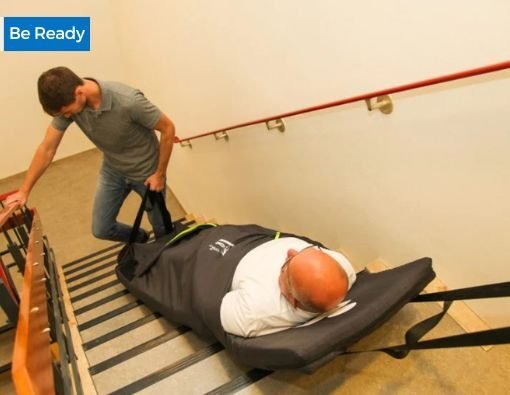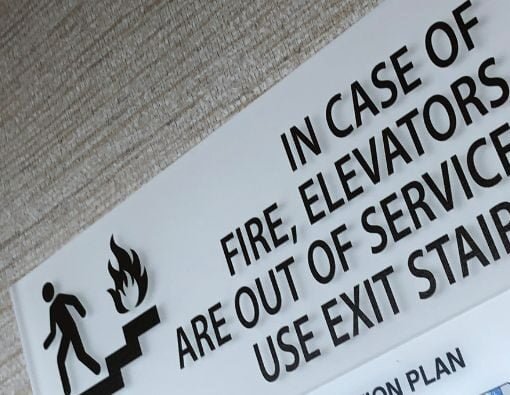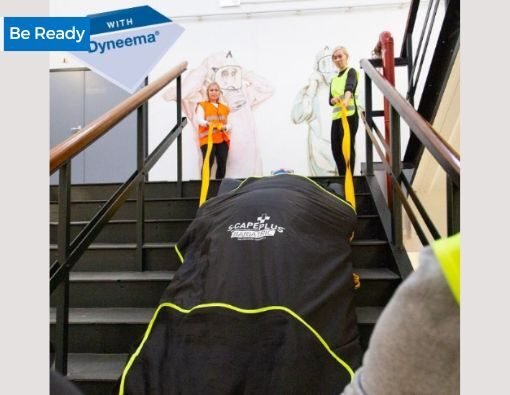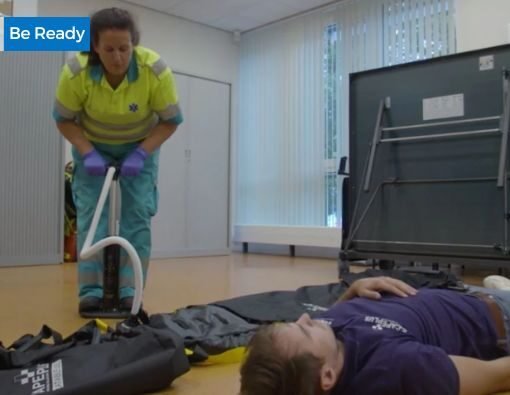Ensuring the safety of guests and staff during an emergency is a critical responsibility for hotel management. Hotels face unique challenges due to their diverse guest populations, complex layouts, and the presence of both short-term and long-term residents. Effective emergency preparedness can significantly reduce the risks associated with fires, natural disasters, and other emergencies.
Here are comprehensive steps for preparing for an emergency evacuation in a hotel.

Understanding the Need for Emergency Preparedness
Hotels must prepare to handle various emergencies, including:
- Fires
- Natural disasters such as earthquakes, floods, and hurricanes
- Medical emergencies
- Power outages
- Terrorist threats
A robust emergency preparedness plan can ensure the safety and security of all guests and staff members during such events.
The Importance of Effective Evacuation Strategies in Hotels
Hotels accommodate various guests, including families, elderly individuals, and people with disabilities. During an emergency, the need to evacuate quickly and safely becomes paramount. Traditional evacuation methods may not be sufficient, particularly for guests who cannot use stairs or move swiftly. Evacuation mats offer a practical and efficient solution to ensure no one is left behind, regardless of physical condition.
Key Components of Hotel Emergency Preparedness
1. Risk Assessment and Planning
- Conduct Risk Assessments: Identify potential hazards and vulnerabilities specific to the hotel.
- Develop an Emergency Plan: Create a comprehensive emergency plan that includes evacuation procedures, roles and responsibilities, and communication protocols.
- Coordinate with Local Authorities: Work with local emergency services to align the hotel’s emergency plan with community response efforts.
2. Staff Training and Drills
- Regular Training: Provide regular training sessions for all staff members on emergency procedures, use of evacuation equipment, and guest assistance.
- Evacuation Drills: Conduct frequent evacuation drills to ensure staff and guests are familiar with evacuation routes and procedures.
- Specialized Training: Offer specialized training for key personnel, such as floor wardens, who will have specific roles during an evacuation.
3. Emergency Equipment and Supplies
- Maintain Equipment: Ensure fire alarms, smoke detectors, and sprinkler systems are regularly inspected and maintained.
- Stock Emergency Supplies: Keep an inventory of emergency supplies, including first aid kits, fire extinguishers, and personal protective equipment (PPE).
- Evacuation Aids: Implement evacuation aids such as TETCON evacuation mats and sheets to assist guests with mobility impairments.
4. Communication Systems
- Reliable Communication: Establish reliable communication systems for use in emergencies, including backup systems in case of power failure.
- Guest Alerts: Implement mass notification systems to inform guests of an emergency and provide instructions.
- Coordination: Ensure clear communication between hotel staff, emergency responders, and local authorities.
E. Evacuation Procedures
- Clear Routes: Design clear, accessible evacuation routes tailored to the hotel’s layout.
- Evacuation Maps: Evacuation maps and instructions must be in guest rooms, common areas and hallways.
- Role Assignment: Assign specific roles to staff members to guide guests to safety and assist those in need.
6. Assistance for Vulnerable Guests
- Identify Needs: Identify guests with special needs or disabilities and ensure they receive appropriate assistance.
- Evacuation Aids: Use TETCON evacuation mats to safely remove guests and others who are seriously hurt, unconscious, or have mobility issues.

What Are Evacuation Mats?
Evacuation mats facilitate safe and efficient transport of individuals during emergencies. These mats are lightweight, durable, and equipped with secure straps and handles, making it easy for hotel staff to move guests swiftly to safety. They are assist in evacuating individuals with mobility impairments, providing a reliable means of transport down stairways and through narrow corridors.
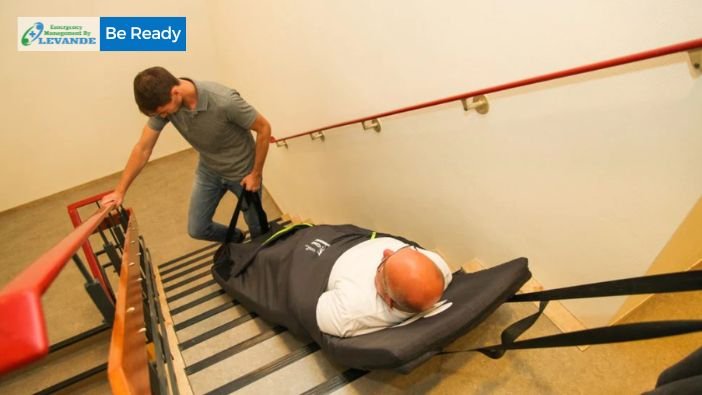
Implementing TETCON Evacuation Mats and Sheets
As the exclusive distributor of TETCON evacuation equipment in Nigeria, we provide hotels with essential tools to enhance emergency preparedness. TETCON evacuation mats and sheets offer several benefits:
- Quick Deployment: These aids can be rapidly deployed during an emergency, enabling staff to assist guests efficiently.
- Safety and Comfort: Secure strapping and cushioning ensure guests remain stable and comfortable during transport.
- Ease of Use: TETCON evacuation aids are intuitive, requiring minimal training for use.
- Versatility: Suitable for various emergency scenarios, these aids are used in guest rooms, lobbies, dining areas, and other parts of the hotel.
- Durability: TETCON evacuation mats and sheets are made from quality materials to withstand the rigors of emergency use.
Conclusion
Preparing for emergency evacuation in a hotel involves comprehensive planning, regular training, and the right tools. By conducting thorough risk assessments, developing detailed emergency plans, and using specialized equipment like TETCON evacuation mats and sheets, hotels can significantly improve their emergency response capabilities.
These measures ensure that all guests, including those with mobility impairments, can be evacuated quickly and safely, safeguarding lives and maintaining the hotel’s reputation as a secure and hospitable environment. Investing in robust emergency preparedness is essential for protecting the well-being of both guests and staff during any emergency.
At Levande Healthcare, we offer a range of evacuation equipment which includes evacuation mats and evacuation sheets made by TETCON to meet the diverse needs of buildings and healthcare facilities. Contact us today to learn more about our evacuation solutions and find the right fit for your facility.

